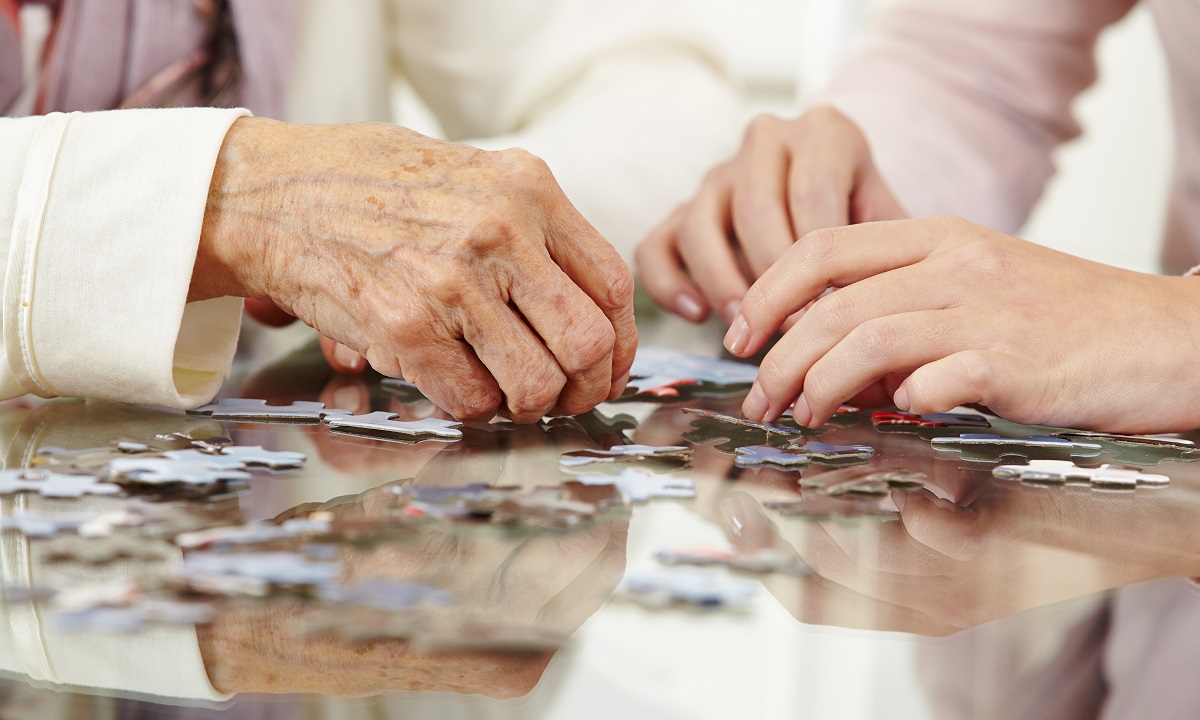People with dementia often become disorientated about time and struggle to hold on to routines associated with morning, afternoon and evening. The cues that indicate night and day become confused, disturbing sleep and creating more disorder for families in already stressful situations.
As a family carer, you may have experienced repeated questions from your relative about time.
My father, early in his dementia, demonstrated an exaggerated interest in time. He would persistently look at his watch and check the clock. He had several clocks in every room, during every day he would check his watch against the clocks.
“What time is it?” was a frequently asked question. My mother was exasperated. Having answered his question, a few minutes later he would ask again. He struggled to make sense of the hands on the clock, often juxtaposing their position in his mind, trying to figure out what time it was. He rejected our attempts to help him with the simplicity of a digital clock. In his world, clocks and watches had faces and hands. He couldn’t comprehend time as digits.
His agitation about time became more emphasised and distressing as his dementia progressed, as did his confusion about night and day. We would often find him up and fully dressed at 3am, ready for the day. He had no awareness that it was dark and the middle of the night.
What is Sundowning?
A particular type of time disorientation is called ‘Sundowning’, which is increased confusion and stress in the late afternoon and evening. Sundowning happens because dementia interferes with a person’s ability to regulate their circadian rhythm – the internal “body clock” that tells us when it’s time to be awake and when we should sleep.
Dementia disrupts a person’s sense of time of day. Low levels of lighting can exacerbate sundowning, shadows can be frightening for people with dementia, especially when the sun is setting.
Sundowning can cause disruption to sleep patterns. It’s important to encourage the person with dementia to be active during the day, if possible, outdoors, breathing fresh air and exposed to natural sunlight. For good sleep, it’s important for the person to feel physically tired by the end of the day.
The impact of light
The impact of light on sleep is well researched and the science can be applied therapeutically for people with dementia who experience sundowning. Being outside in bright natural light helps a person maintain circadian rhythm and encourages sleepiness when the sun goes down. If this isn’t possible for a person with dementia to be outside, shining light from a fluorescent lamp for two hours (ideally in the morning) has a similar effect.
Low levels of lighting can exacerbate sundowning, shadows can be frightening for people with dementia, especially when the sun is setting.
Regular routines help to counterbalance the negative impact of sundowning. Keeping everyday activities familiar minimises stress and maintains a sense of security for the person with dementia.
Diet is important too. Caffeine and alcohol should be avoided later in the day and the main meal of the day is best eaten at lunchtime rather than in the evening.
Please get in touch to share your experiences of time disorientation and sundowning. If you have found certain interventions or lifestyle approaches have worked well for the person you are caring for, please let us know. We are keen to disseminate information through our articles and social media to help others learn from family experiences.
Barbara Stephens is ‘Dementia Adviser’ for Lifted. She can be contacted at; barbara@liftedcare.com
SHARE
Explore more




